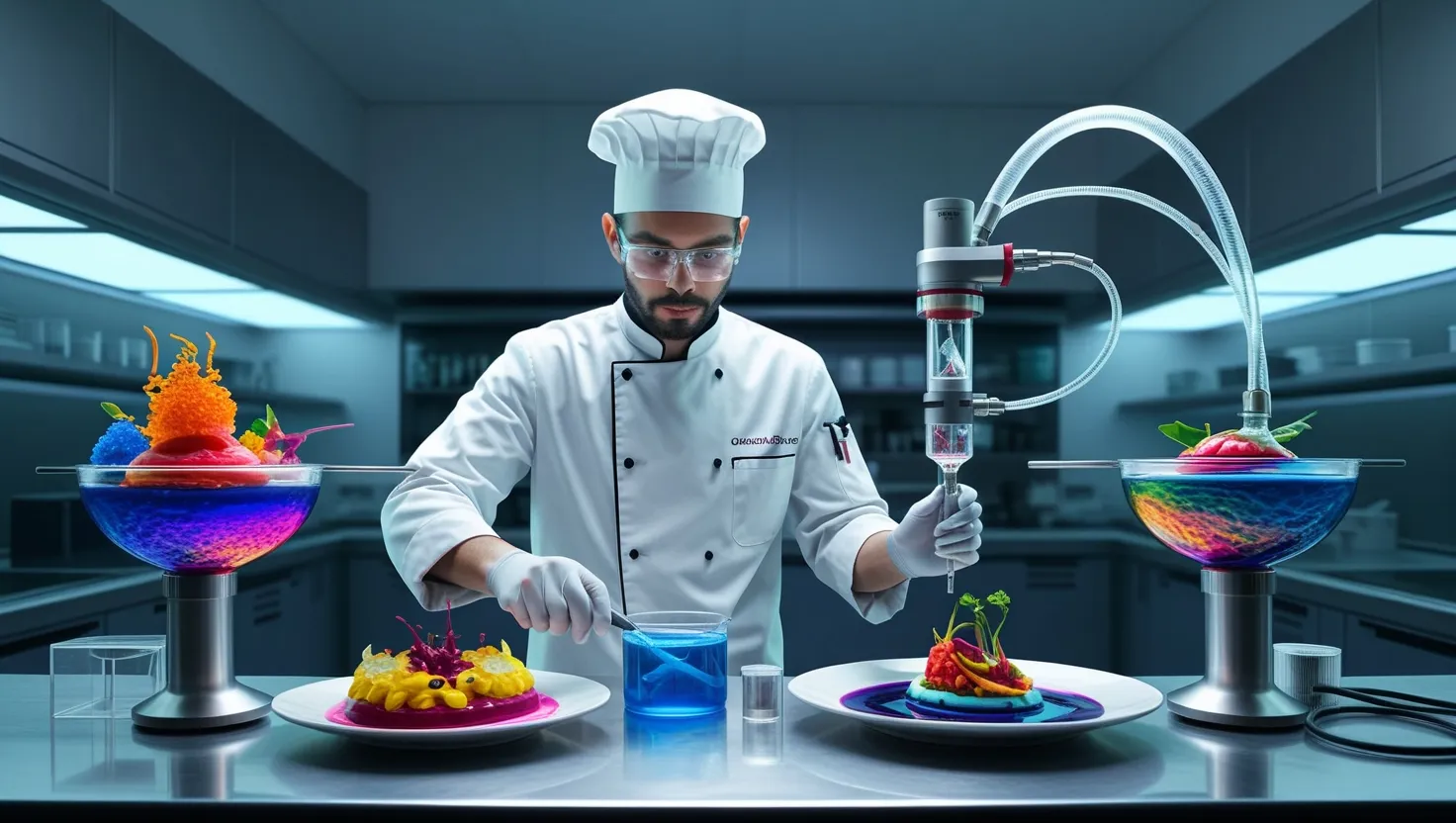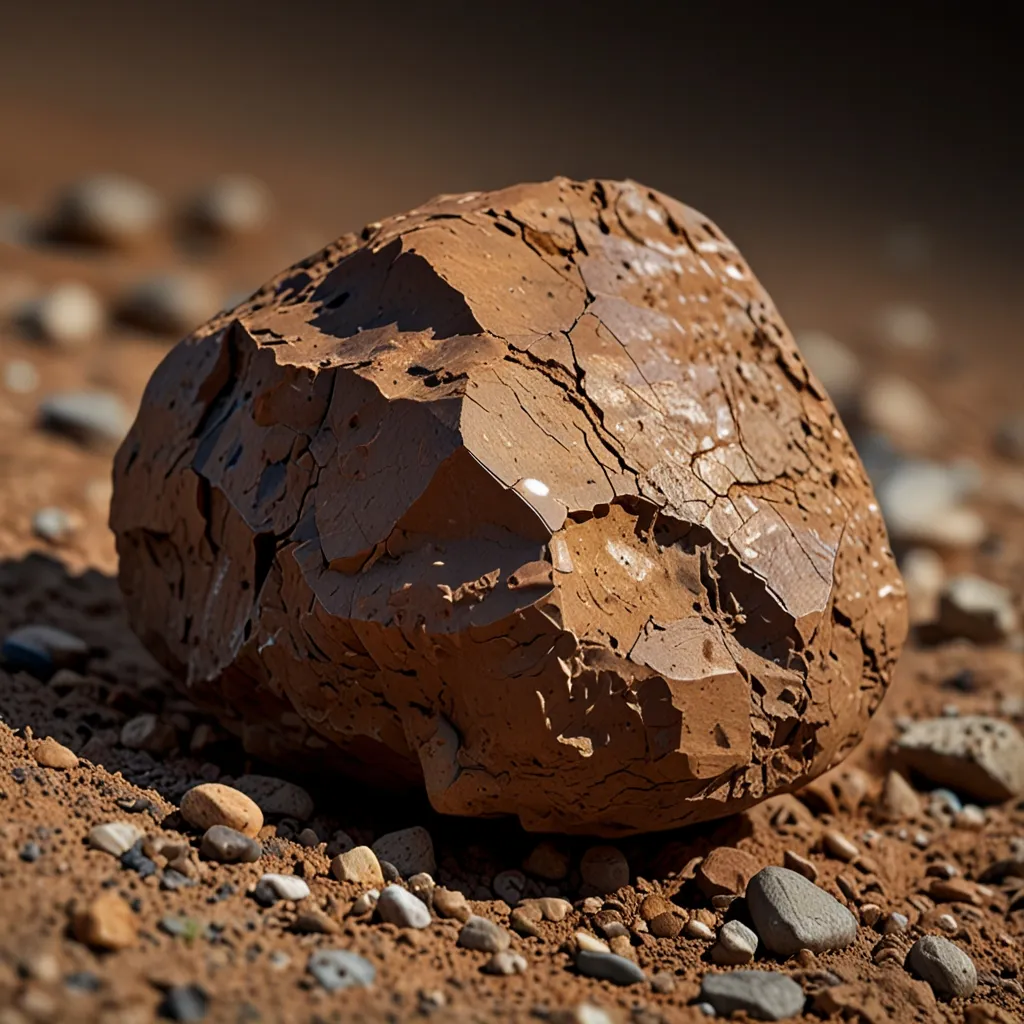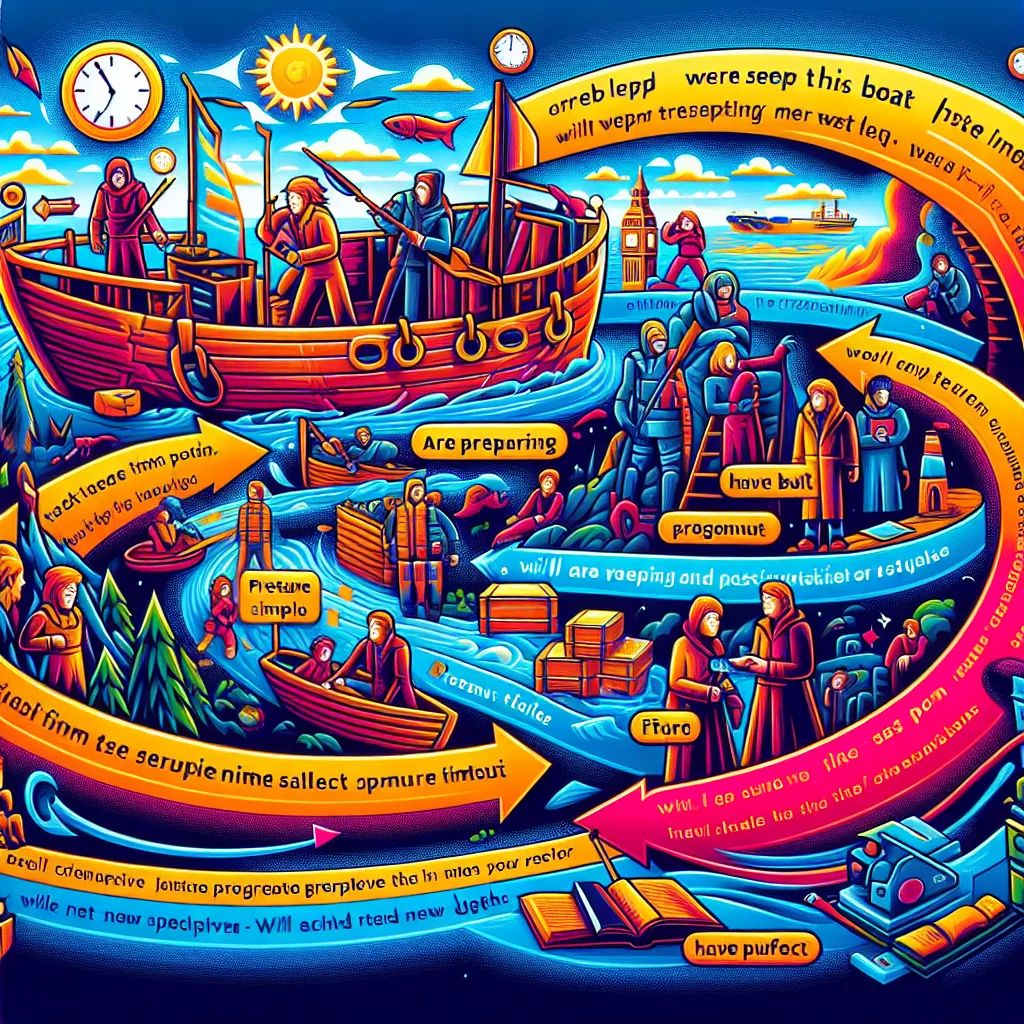Molecular gastronomy, a term that might sound daunting, is actually a fascinating blend of science and culinary art. It’s an approach that delves into the physical and chemical transformations that occur when we cook, turning the ordinary act of preparing a meal into a scientific experiment.
Imagine walking into a restaurant and being presented with a dish that looks like a cloud, but when you take a bite, it explodes with the flavor of a root beer float. This is the magic of molecular gastronomy. Chefs like Grant Achatz, Ferran Adrià, and Heston Blumenthal have pioneered this field, using tools and techniques borrowed from scientific laboratories to create innovative and avant-garde dining experiences.
The concept of molecular gastronomy was first coined in 1988 by Hungarian physicist Nicholas Kurti and French chemist Hervé This. They termed it “molecular and physical gastronomy,” aiming to bring together the fragmented studies of the chemical and physical processes involved in cooking into a single, organized discipline. This approach is not just about cooking; it’s about understanding the science behind every step, from the coagulation of proteins in an egg to the gelatinization of starches in a sauce.
At its core, molecular gastronomy is about applying scientific principles to the art of cooking. It involves breaking down ingredients to their molecular level and manipulating them to create new textures, flavors, and presentations. For instance, chefs use spherification to turn liquids into tiny, jelly-like spheres that resemble caviar. This technique involves combining a flavored liquid with sodium alginate and then dropping it into a solution of calcium chloride, where it forms into these delicate, bursting spheres.
One of the most intriguing aspects of molecular gastronomy is its use of unconventional ingredients and tools. Liquid nitrogen, for example, is used to freeze foods instantly, creating unique textures and temperatures that surprise the palate. Hydrocolloids like starches, gelatins, and gums are used to turn foods into gels or even “noodles” made from unexpected ingredients like lemons. Maltodextrin, a powder derived from starch, can transform high-fat foods like olive oil or Nutella into powders that can be sprinkled over dishes, adding a burst of flavor and texture.
This scientific approach to cooking is not just about novelty; it’s also about enhancing the dining experience. Molecular gastronomy engages all of your senses—sight, smell, touch, texture, and sound. Imagine a dish that not only tastes extraordinary but also looks like nothing you’ve ever seen before. The presentation is as much a part of the experience as the taste. Chefs might vaporize aromatic ingredients and serve them in a bag, allowing diners to inhale the aroma before taking a bite, or they might create edible “balloons” that float in the air, adding an element of surprise and wonder.
Despite its innovative nature, molecular gastronomy is not a new concept. Even in the early 19th century, chefs like Marie-Antoine Carême were aware of the chemical processes involved in cooking. Carême noted that when making a stock, the broth must come to a boil slowly to prevent the albumin from coagulating too quickly. This understanding of chemical reactions in cooking laid the groundwork for the more sophisticated techniques used today.
The impact of molecular gastronomy extends beyond high-end restaurants; it is influencing the entire food industry. It’s changing how we think about taste and nutrition by showing us that food can be both healthy and visually stunning. For example, using science to understand how different ingredients interact can help create healthier versions of traditional dishes without compromising on flavor.
However, it’s important to note that molecular gastronomy is not just about fancy techniques; it’s also about understanding the basics of cooking. Knowing how to boil an egg properly or how to make a good stock is just as valuable as mastering spherification. The science behind these simple tasks is what makes molecular gastronomy so compelling—it’s a reminder that every time we cook, we are engaging in a scientific process.
The term “molecular gastronomy” itself has been somewhat controversial. Some of the chefs who have been associated with this movement, like Ferran Adrià and Heston Blumenthal, have expressed frustration with the term, feeling it doesn’t accurately describe their approach to cooking. They see themselves as cooks who happen to use scientific techniques, rather than scientists who cook.
Despite these debates, molecular gastronomy continues to evolve and inspire. It’s a field that encourages creativity and experimentation, pushing the boundaries of what we consider “food.” Whether you’re a chef, a food enthusiast, or just someone who loves to cook, understanding the science behind molecular gastronomy can enhance your appreciation of the culinary arts.
In essence, molecular gastronomy is not just a trend; it’s a way of thinking about food that combines art and science in a unique and captivating way. It’s about breaking down expectations and creating dining experiences that are as much about surprise and wonder as they are about taste and nutrition. As we continue to explore the possibilities of this field, we are reminded that cooking is not just about following a recipe; it’s about understanding the intricate science that makes every dish possible.






